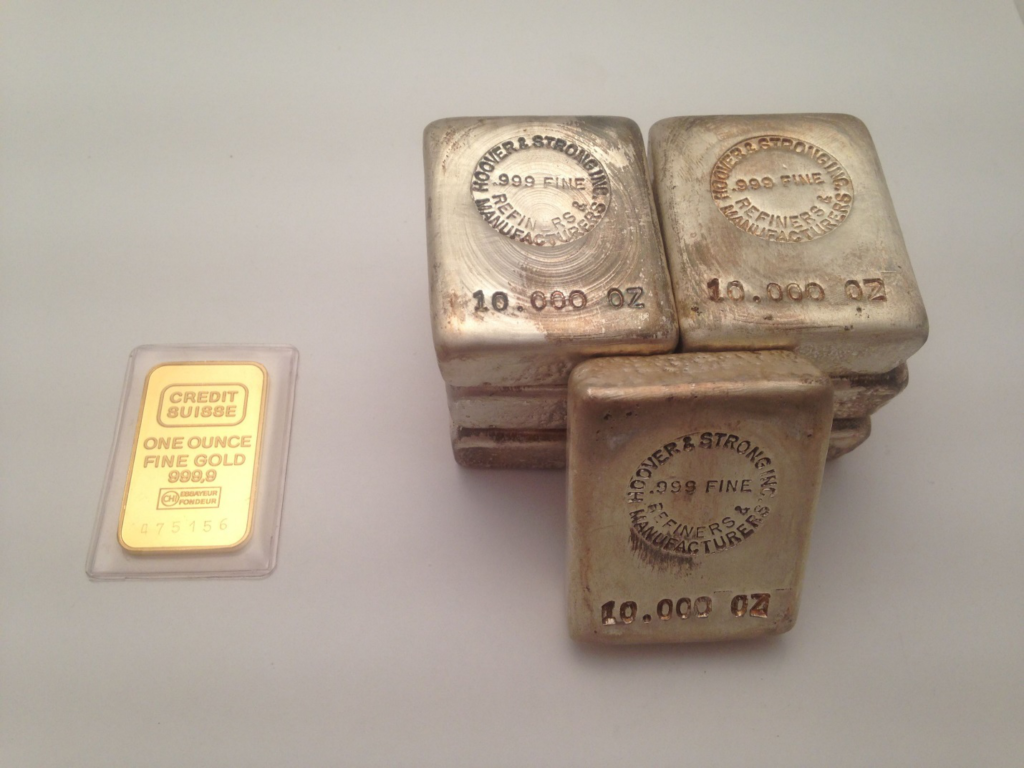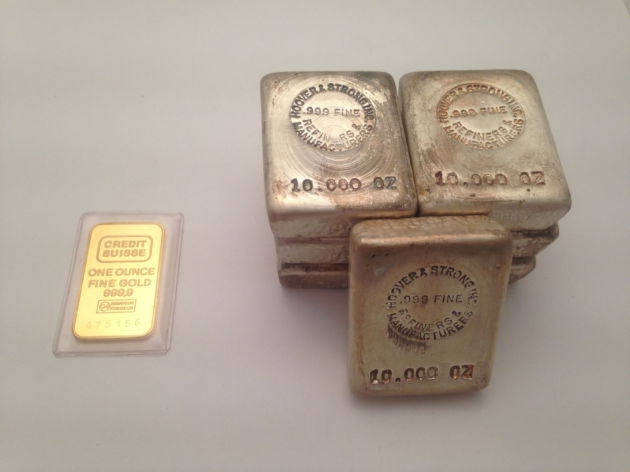
The time is right for precious metals investors. Stock markets are nervous, government debt is accumulating at faster rates, and many investors are gearing up for a shift and buying silver and gold. If you’re relatively new to the world of precious metals, you may wonder what the difference is between silver and gold. While they behave similarly, there are some important differences you should know before you start investing in them.
#1 Storing Silver vs. Gold
Because gold is so much more valuable, it’s considerably easier to store. For example, $50,000 worth of gold would weigh approximately 2.5 pounds, while the same dollar amount in silver would be 190 pounds. You can find allocated storage solution from silver dealers like Silver Gold Bull that are affordable and convenient, but for those who want to keep their silver and gold in their home, it’s important to consider space.
#2 Government Gold Bullion
While many central banks around the world are busy snapping up gold bullion, there’s no such demand for silver. Russia, China, and other Asian governments are particularly notable for their gold bullion demand, while the United States and many European countries are holding onto their already-sizable gold reserves. However, their mints are a reliable source of silver coins and silver bars for both investors and collectors. You can check out minted silver coins from dealers like Silver Gold Bull.
#3 Industrial Demand for Silver
Central banks buy gold, but industry buys silver. In fact, around 60 percent of silver demand comes from industry, with the rest coming from jewelers, mints, and the private refineries that produce silver rounds and bars. Silver demand from industry can fluctuate a lot, creating opportunities for active investors.

#4 Silver Is Cheap with Room to Grow
When you want to buy cheap silver, rather than looking at the price of silver in dollars, look at the silver to gold ratio. Because both of these assets tend to move in tandem, with gold prices leading silver prices both up and down, silver is truly cheap when the ratio is high. Historically, the ratio has been around 15 for most of history according to Silver Gold Bull, but for the last hundred years it’s been much higher. For the past several decades, a high silver-gold ratio has been around 80, though it has gone as high 100. These lows tend to happen in the midst of bear markets, when investors prefer gold as an insurance policy to the riskier silver. A ratio of 80 means the price of 80 ounces of silver is equal to the price of one ounce of gold. The average ratio has been around 55, while silver has been at its most expensive around 20. Right now, silver is highly undervalued and ripe for a turnaround. You could gain a lot if you buy silver as an investment before another bull run today.
Silver often outsells gold at gold and silver dealers because it’s more accessible and appealing to both collectors and investors. Some precious metals investors prefer to go all-in with either silver or gold, but you can play off their strengths and weakness and buy silver and gold together. Compare silver and gold to find out what combination works best for your investment goals.

